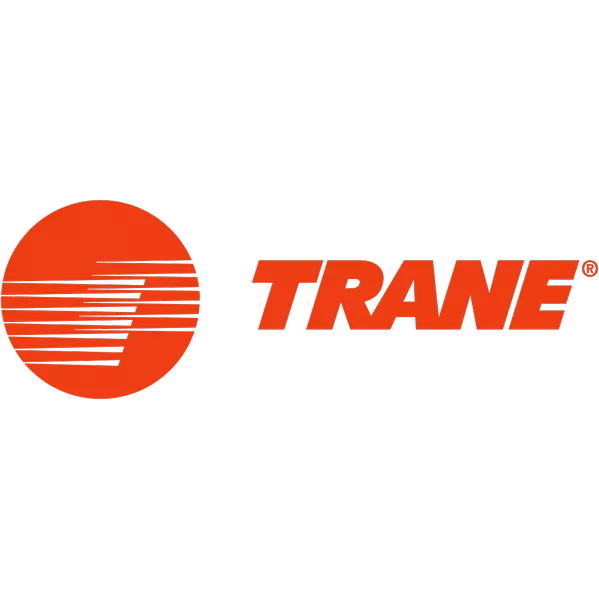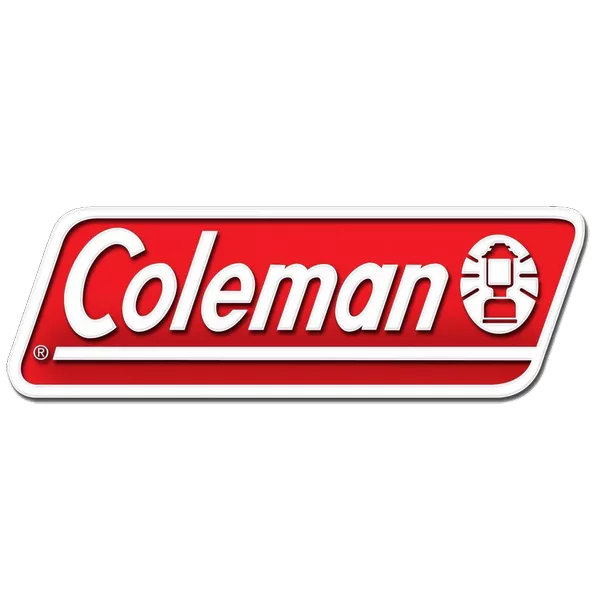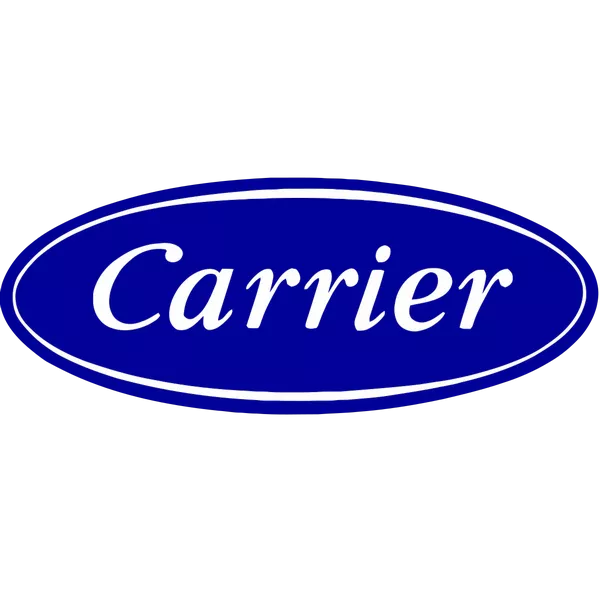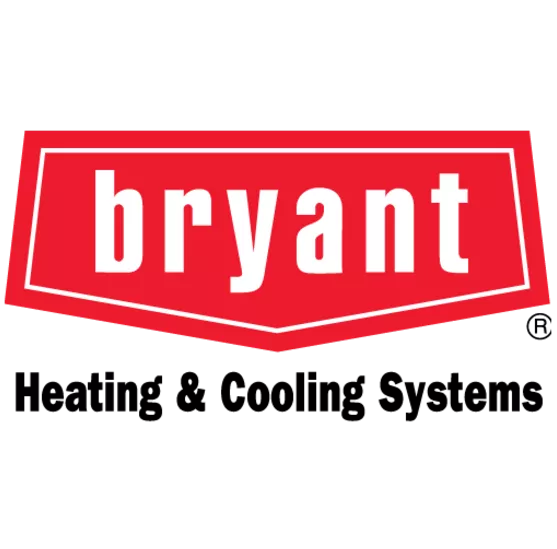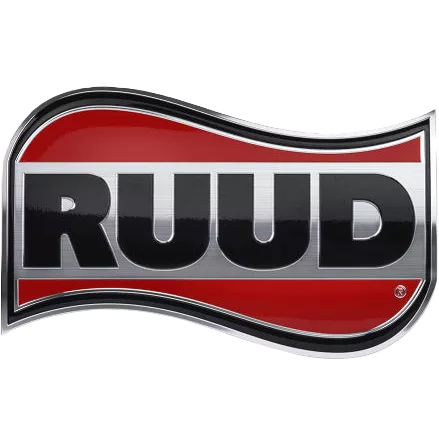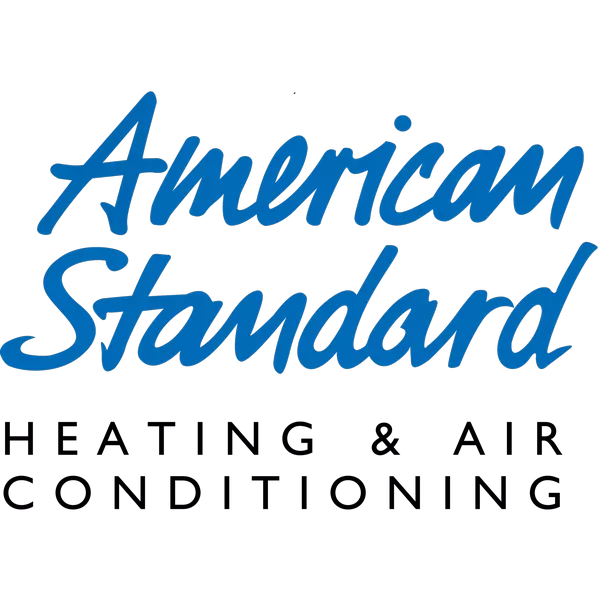Trane: The premium ducted stack we are evaluating is the XV20i variable-speed central AC, the S9V2-VS variable-speed gas furnace, and the XV20i variable-speed heat pump. This trio is built around steady low-rpm operation, top-discharge outdoor airflow that behaves well in tight yards, and pairing tables that help installers hit target airflow in real duct systems. The focus below is how this set performs when commissioned together as a communicating system in a typical 2 to 4 ton home.
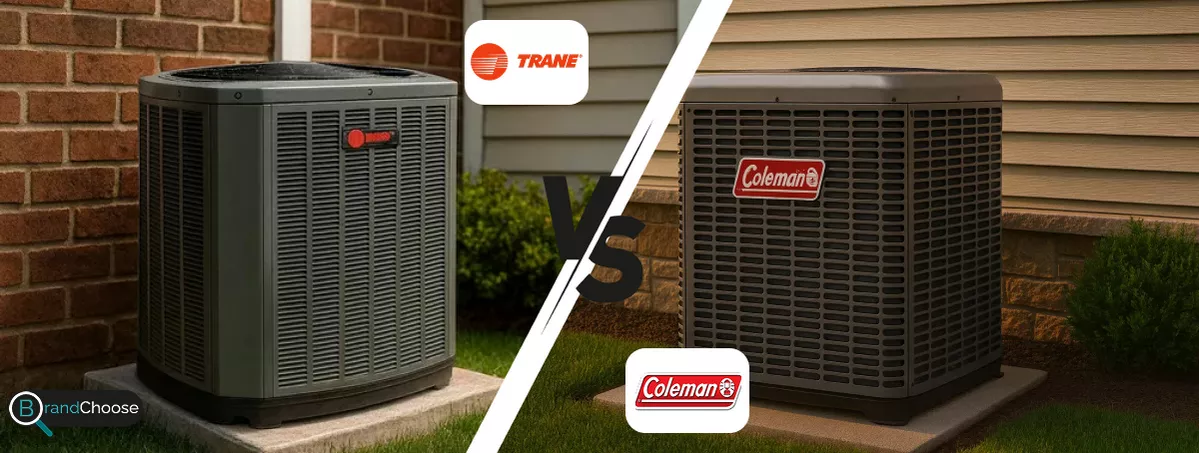
Coleman: The flagship Echelon tier aims for quiet, predictable comfort with a straightforward control stack. For parity with our single-brand pick, we are using the AC21 variable-capacity central AC, the CP9C modulating gas furnace, and the HC20 variable-capacity heat pump. The intent is premium staging without making day-to-day ownership feel complex, using published matched-system combinations so features survive coil or size changes.
Product Selection
| Primary Use Case | Trane | Coleman | ||
| Air Conditioner | XV20i | 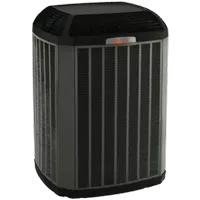 |
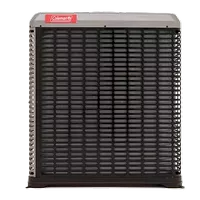 |
AC21 |
| Gas Furnace | S9V2-VS | 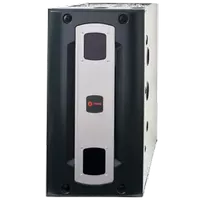 |
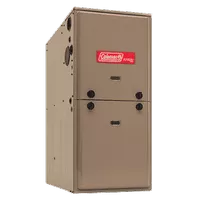 |
CP9C |
| Heat Pump | XV20i | 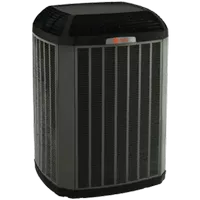 |
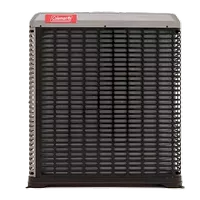 |
HC20 |
🟦 Trane: Tiering is easy to map for both pros and homeowners. XV marks the top variable-capacity gear, with XL/XR covering step-down options. The real advantage is the breadth of approved indoor coils and air handlers, which lets an installer choose blower targets that fit the duct reality on site, not a perfect diagram. With XV20i + S9V2-VS + XV20i HP, modulation scales cleanly from 2 to 4 tons, and the communicating control keeps staging, humidity strategies, and dual-fuel behavior intact as capacity changes.
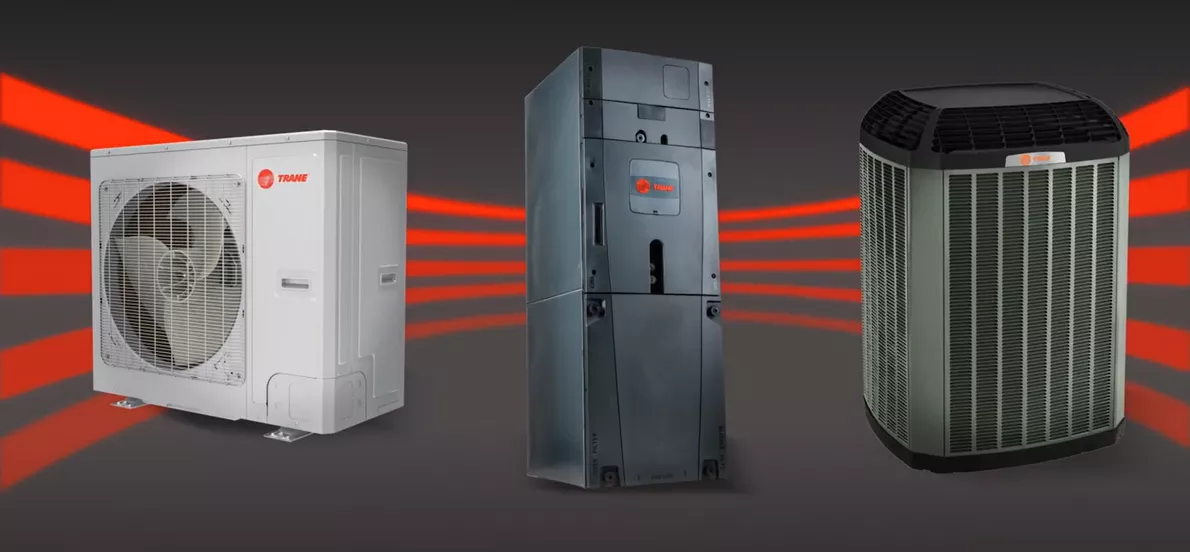
🟪 Coleman: The portfolio organizes cleanly with Echelon above LX and entry levels, so moving from two-stage to full variable capacity is a straightforward step up. The AC21 + CP9C + HC20 combination is the natural top rung for homes that want smooth ramps and better summer humidity control. Matched-system charts pair outdoor units with indoor coils or the CP9C furnace and the communicating thermostat so published ratings and features carry across sizes without guesswork.

✅ Verdict: Trane offers deeper pairing granularity for tricky ductwork, while Coleman gives shoppers a tidy top-tier leap that is easy to understand and scale.
Customer Support & Warranty
🟦 Trane: Registration brings 10-year parts coverage at the flagship tier and strong heat-exchanger terms for the furnace. In practice, owners benefit from uniform service procedures and a distributor network that typically stocks the common boards, sensors, and ECM motors (ECM is an electronically commutated motor that modulates speed precisely). The communicating thermostat retains equipment IDs and event logs after swaps, so midsummer calls often move quickly from diagnosis to fix.
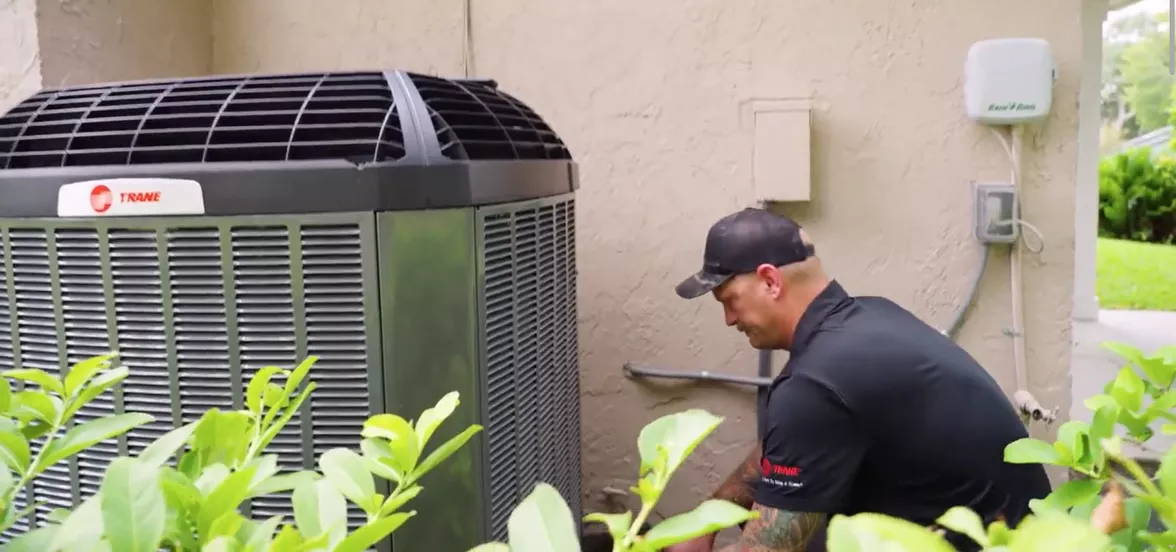
🟪 Coleman: Registration likewise delivers 10-year parts and robust exchanger coverage on the CP9C. Support quality tracks the regional dealer footprint, but documentation for approved coil and control pairings is clear, which keeps variable-capacity features intact after service. Where the local wholesaler stocks the usual boards and ECM modules, turnaround is predictable and owners see fewer repeat visits.

✅ Verdict: Trane feels more uniform coast-to-coast, while Coleman performs smoothly where its Echelon dealer network and stocking are strong.
Energy Efficiency
🟦 Trane: The XV20i AC and HP sit in the premium SEER2 bracket (SEER2 is the current seasonal cooling-efficiency test), and the S9V2-VS furnace operates in the high-90s AFUE band (AFUE is gas furnace fuel-to-heat efficiency). Savings show up at partial load: the inverter compressor and variable-speed blower stretch cycles at low power, cutting on-off losses while keeping temperature and indoor humidity steady. With sealed ducts and charge confirmed by superheat and subcool checks (temperature readings that verify refrigerant is boiling and condensing where it should), double-digit reductions versus 12–14 SEER legacy systems are routine.
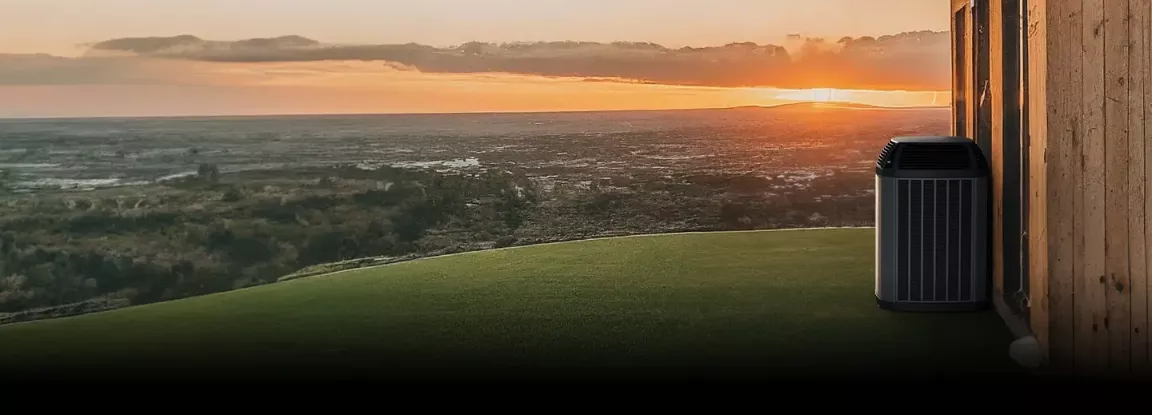
🟪 Coleman: The AC21/HC20 pairing targets upper-tier SEER2/HSPF2 results (HSPF2 is the seasonal heating efficiency metric for heat pumps), and the CP9C pushes AFUE toward the practical ceiling while coordinating gentle airflow ramps. Low-speed depth keeps coil temperature and fan cfm aligned to the load, so dehumidification does not require dropping the setpoint. With airflow set near 350–400 cfm per ton (target airflow per ton of cooling) and a verified charge, the published numbers translate into stable, real-home savings through muggy shoulder seasons.

✅ Verdict: Trane is the conservative pick for efficiency that repeats predictably across climates, while Coleman delivers essentially the same outcome when airflow and charge are dialed in.
Smart Features & Connectivity
🟦 Trane: The premium control is a communicating thermostat platform – the wall control and equipment share live data so modulation targets comfort rather than simple on-off. It coordinates compressor speed, blower cfm, and coil temperature, supports zoning, and records fault histories that point technicians to causes instead of symptoms. Staying in-ecosystem preserves staged airflow during humidity pulls and clean dual-fuel logic.
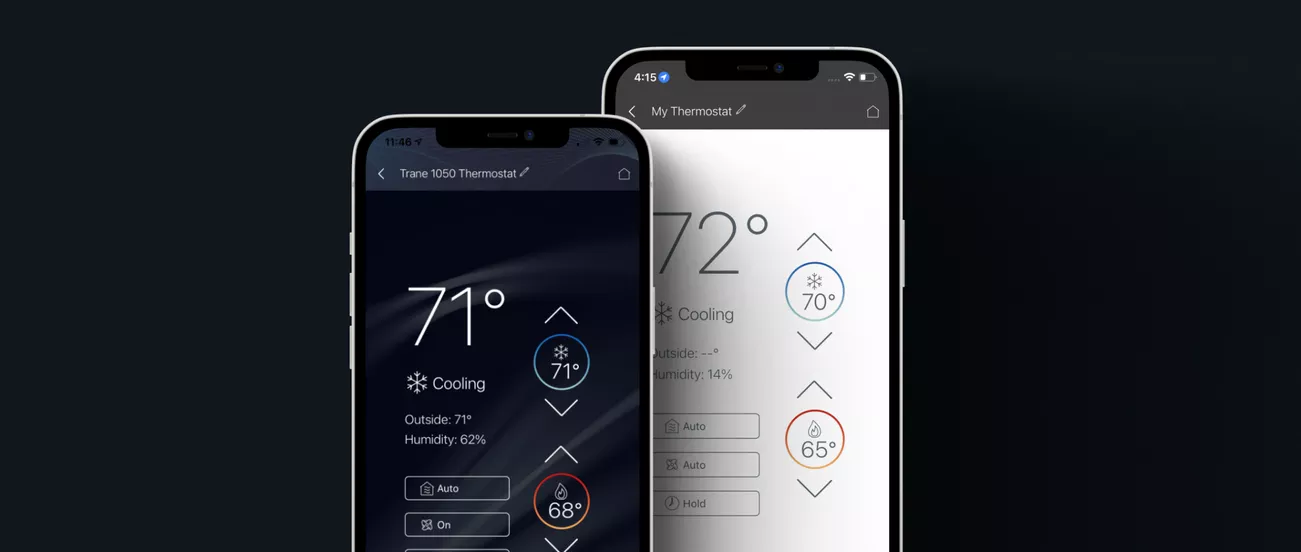
🟪 Coleman: The Echelon control stack offers communicating operation with zoning, humidity targets, app access, and diagnostics that expose coil and fan behavior clearly. Accessory integration is treated as part of the system, not bolt-ons, which keeps comfort logic intact after IAQ upgrades. The interface is intentionally straightforward so households do not have to babysit settings to get premium results.

✅ Verdict: Trane leans into deep diagnostics under one umbrella, while Coleman delivers the same core levers with a simple, approachable interface that keeps day-to-day use low effort.
Noise Level
🟦 Trane: At low cooling or heating loads the XV20i’s inverter and the S9V2-VS blower settle at modest rpm, so the soundscape is a broad hush instead of a tone. The top-discharge fan throws air upward which reduces reflections off fences in tight side yards, and the compressor sits on isolators that keep cabinet vibration from telegraphing into the pad. Outdoor loudness is rated in dB (decibels, a logarithmic sound unit), but what your ears notice most is the lack of abrupt speed changes. Indoors, calm operation depends on keeping external static pressure in bounds in the duct system (external static pressure is airflow resistance, measured in inches of water column). When returns are generous and filter racks are sealed, ramps are nearly invisible and the registers exhale softly.
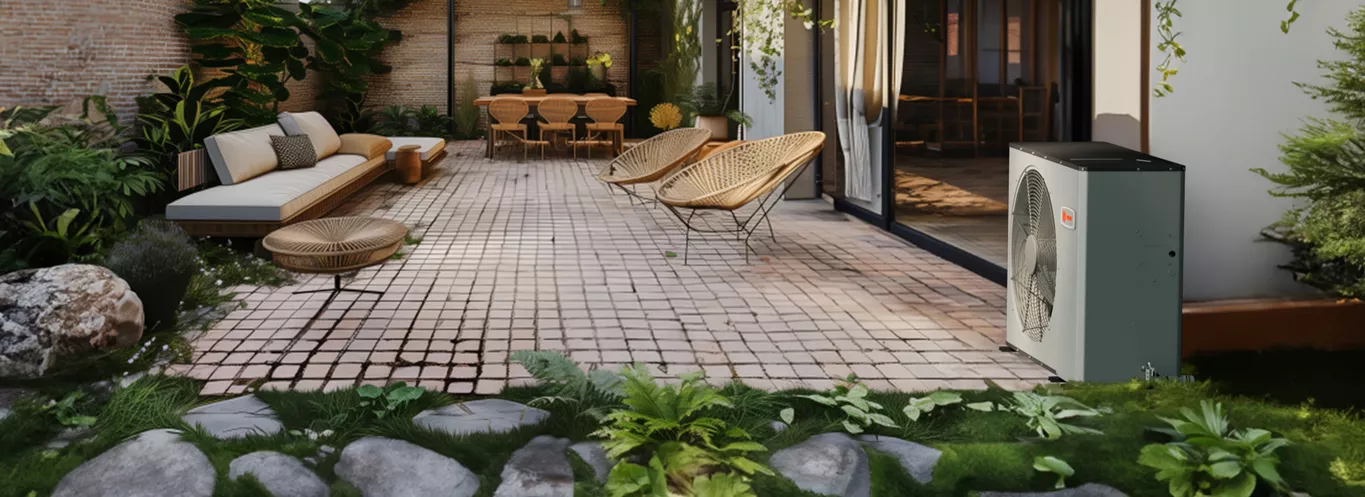
🟪 Coleman: Echelon’s AC21 and HC20 lean on deep turndown as well, and the cabinet mass plus fan geometry bury the higher notes that carry across a lot line. The communicating furnace keeps the blower’s step changes small, so older trunks do not drum when airflow shifts from low to higher capacity. The practical swing factor is the same as any premium setup, a flat pad, vibration decoupling on the line set, and duct static that does not force the blower to run harder than the house can accept.

✅ Verdict: Trane is usually the quieter choice in tight setbacks thanks to top discharge and very gentle indoor ramps, while Coleman is pleasantly muted across long low-speed runs when duct static is already under control.
Cost & Affordability
🟦 Trane: Premium variable capacity commands premium installed pricing. Typical installed ranges for a 3-ton reference with standard labor and no duct replacement are: AC only XV20i 11,500 to 20,000 USD, furnace only S9V2-VS 6,000 to 9,500 USD, heat pump only XV20i 12,500 to 22,000 USD. A matched AC plus furnace package commonly lands 15,500 to 29,000 USD, and dual-fuel often 17,500 to 33,000 USD. Electrical upgrades, crane access, and static-correction duct work add 10 to 25 percent, while utility rebates and off-season promos pull the other way.
🟪 Coleman: Installed numbers track the same tier but often quote a notch lower like for like. Common 3-ton figures are AC only AC21 10,500 to 18,500 USD, furnace only CP9C 5,500 to 9,500 USD, heat pump only HC20 12,000 to 20,500 USD. A matched AC plus furnace typically falls 15,000 to 28,000 USD, and dual-fuel about 17,000 to 31,000 USD, with spreads driven more by accessories, zoning, and any duct remediation than by the logo on the cabinet.

✅ Verdict: Trane sits near the top of the premium bracket for its end-to-end ecosystem polish, while Coleman usually lands the friendlier quote at the same comfort tier.
Reliability & Durability
🟦 Trane: Rigid outdoor cabinets and debris-shedding coil design help keep condensing temperatures sane in heat waves, and the control strategy favors long, low-stress cycles over frequent starts. The parts pipeline is notably uniform, so common boards, sensors, and ECM modules (ECM is an electronically commutated motor that modulates speed precisely) are usually close at hand in season. Real longevity still depends on fundamentals, charge verified by superheat and subcool readings (temperature checks that confirm the refrigerant is boiling and condensing where it should), airflow near 350 to 400 cfm per ton (target airflow per ton of cooling), and clean coils that actually move heat.

🟪 Coleman: The Echelon platform uses coated steel panels and aluminum indoor coils to reduce formicary corrosion risk over time (formicary corrosion is microscopic copper pitting from household organics). Documentation for approved coil and control pairings keeps variable-capacity behavior intact after a repair, and regional wholesalers stock the typical boards and ECM motors to keep downtime reasonable. As with any premium system, outcomes rise or fall on commissioning discipline and seasonal maintenance, not just the nameplate.
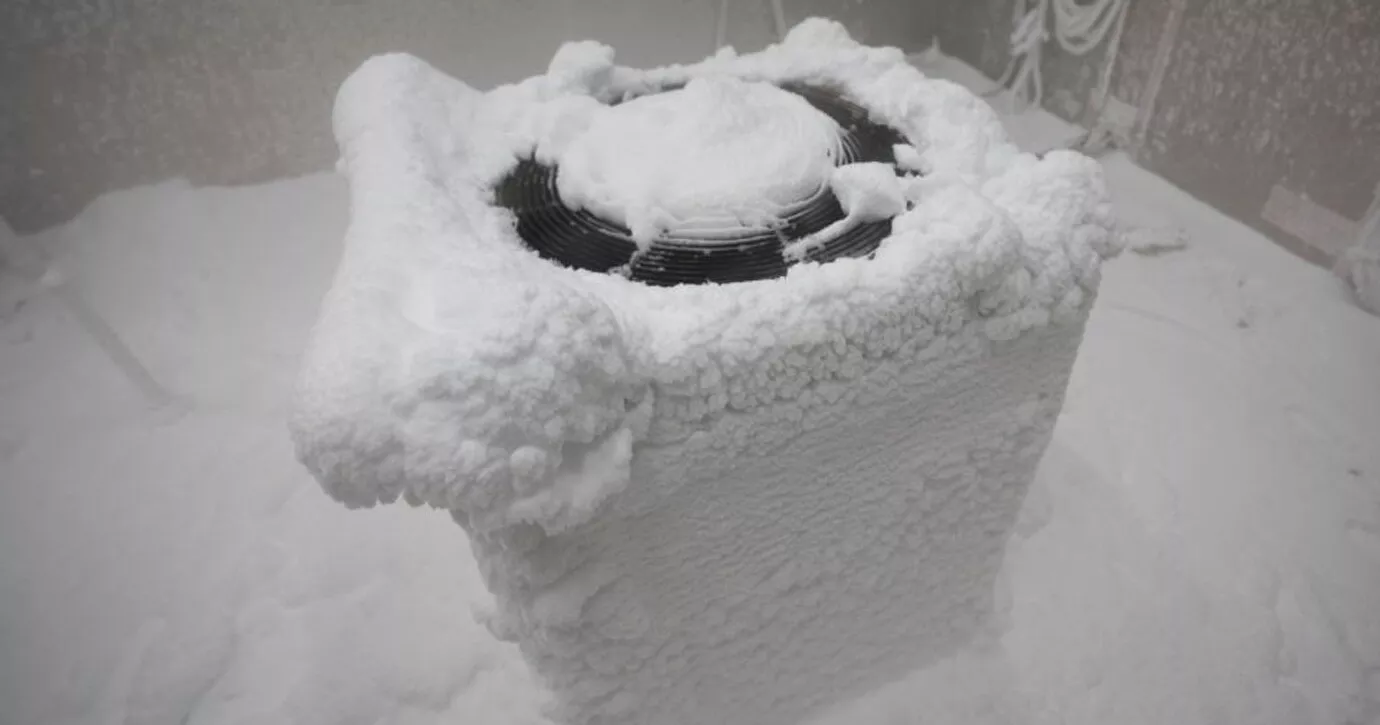
✅ Verdict: Trane earns the practical nod on coast-to-coast parts consistency and repeatable service processes, while Coleman matches well when commissioning is by the book and the local Echelon distributor is well stocked.
Cooling Performance
🟦 Trane: Comfort is built around stretching cycles at low power so the evaporator sits in a productive temperature band for both sensible and latent load (sensible is temperature change, latent is moisture removal). When indoor humidity creeps up, the controller trims cfm per ton to keep the coil colder longer, peeling off moisture without overshooting the thermostat. In a right-sized home that produces a stable supply-air delta-T across the coil (delta-T is the return-to-supply temperature drop) and indoor RH in the mid-40 to near-50 percent band through muggy stretches, with distant rooms drifting less because air keeps moving continuously instead of in bursts.

🟪 Coleman: Deep low-speed turndown keeps coil temperature and airflow aligned to the load so SHR stays balanced (SHR, sensible heat ratio, is the share of total cooling that goes to temperature rather than moisture). Longer runs at quiet capacity push air gently into far branches and avoid the cool-but-clammy feel that short cycling creates. With a matched indoor coil, a correctly set TXV (a thermostatic expansion valve that meters refrigerant to keep the coil in range), and a weighed-in charge, the result is steady temperature, confident dehumidification, and fewer spikes at the grille.

✅ Verdict: Trane is excellent at dehumidify-on-demand control that holds RH tight without chilling rooms, while Coleman delivers nearly identical field comfort when airflow and charge are dialed in.
Heating Performance
🟦 Trane: In winter the S9V2-VS spends long stretches on low fire, and the variable-speed ECM blower nudges airflow to match the heat load, so rooms warm steadily rather than yo-yoing. When a XV20i heat pump is in the mix, shoulder-season heat rides at low compressor speed and the control coordinates defrost with gentle blower ramps to avoid chilly drafts. For dual fuel, the installer programs a balance point - the outdoor temperature where gas is the better choice for cost or comfort - so the handoff from electric to gas is quiet and timely. The practical feel is calm, even heat that does not draw attention to itself.
🟪 Coleman: The CP9C is a fully modulating furnace that trims gas in tiny steps and pairs that with soft blower changes, so supply air feels consistent across long runs. The HC20 heat pump focuses on low-speed heating depth, maintaining useful capacity without jumping between steps, and demand defrost clears the coil only when needed. Dual-fuel logic is available and straightforward to dial in, letting electric carry mild days while gas picks up during true cold snaps. Day to day, the system feels deliberate and balanced rather than stop-and-go.
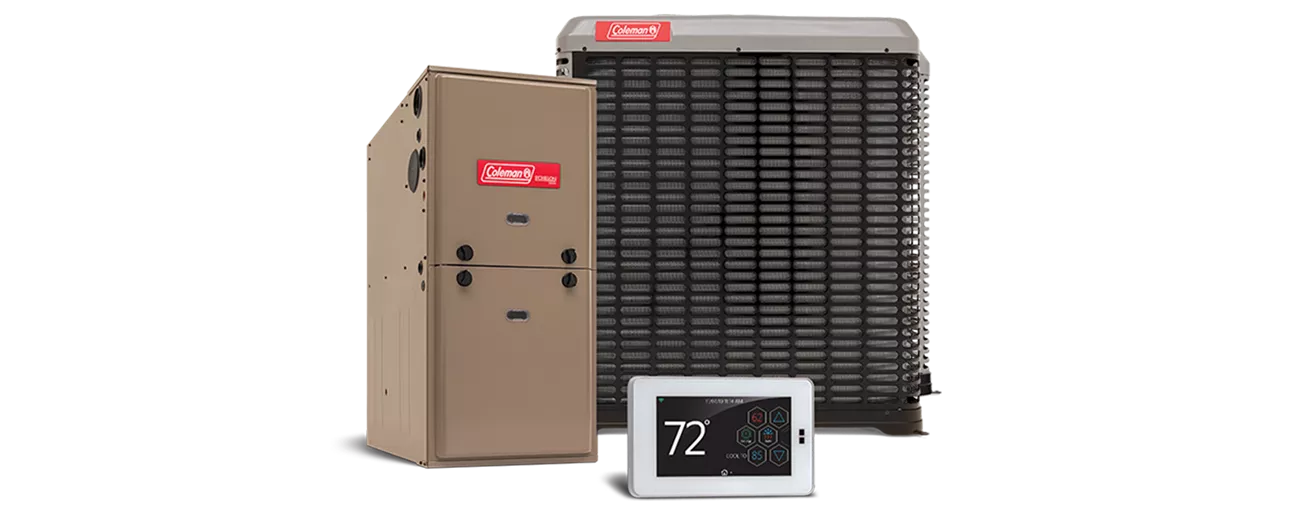
✅ Verdict: Trane is slightly more seamless during dual-fuel transitions and post-defrost recovery, while Coleman is outstanding at holding a smooth, modulating furnace output in deep cold.
Indoor Air-Quality Enhancements
🟦 Trane: Filtration, humidity, and ventilation live under one roof. High-MERV media cabinets drop in easily (MERV rates how small a particle a filter can capture), whole-home humidifiers and dehumidifiers coordinate with blower targets, and balanced fresh air is handled with ERV/HRV add-ons (ERV/HRV bring in outdoor air while exchanging heat or moisture). During muggy weather the controller trims cfm per ton (airflow per ton of cooling) to keep the evaporator slightly colder, which increases latent moisture pickup without overcooling rooms. Diagnostic logs keep IAQ runtime and fault history visible so seasonal tune-ups tweak settings based on real data.
🟪 Coleman: The Echelon control integrates media filtration, UV or electronic cleaners, humidification and ERV/HRV ventilation with profiles that protect blower limits and preserve quiet low-speed operation. Because IAQ components are treated as matched parts rather than bolt-ons, airflow strategies survive upgrades, and external static pressure stays inside targets (external static pressure is duct resistance, measured in inches of water column). The result is a clean, dry feel that does not rely on lowering the thermostat to chase comfort.

✅ Verdict: Trane offers the tighter one-umbrella choreography of filtration, humidity and ventilation, while Coleman keeps IAQ additions stable and predictable without sacrificing low-speed quiet.
Installation & Serviceability
🟦 Trane: Premium outcomes start with Manual J load, Manual S selection and Manual D duct design, then get proven in the field. Commissioning targets include 350 to 400 cfm per ton, total external static at or below equipment ratings, nitrogen pressure testing, deep evacuation, and charge set by superheat and subcool readings (superheat and subcool confirm the refrigerant is boiling and condensing in the right places). The communicating thermostat exposes coil, compressor and blower data, plus event logs, so a tech can confirm coil delta-T quickly (delta-T is the return-to-supply temperature drop) and fix causes rather than symptoms in peak season. Parts pipelines are consistent, which shortens midsummer downtime.

🟪 Coleman: The same discipline applies, with clear matched-set charts that lock in coil and control pairings so variable behavior survives after a repair. Access to boards, blowers and coils is direct, the control surfaces the airflow and temperature points that matter, and a properly set TXV (thermostatic expansion valve that meters refrigerant to keep the coil in range) makes charge verification straightforward. Where Echelon distributors stock the common boards and ECM modules, service feels brisk and repeatable.

✅ Verdict: Trane earns the nod for coast-to-coast process uniformity and richer diagnostic data, while Coleman delivers equally smooth service when local stocking is strong and matchups are followed by the book.
Quick Buyer Match Guide
🟦🟦 Choose Trane if you
Your home is fully ducted, you want very predictable dual-fuel behavior, and you value a communicating control that coordinates IAQ, humidity and staging with detailed logs.
🟪🟪 Choose Coleman if you
You want a tidy step to premium variable capacity, prefer a straightforward control experience, and like the idea of a finely modulating furnace paired with a quiet, deep-turndown heat pump.
Conclusion
Both stacks are true premium comfort. Trane leans into a cohesive ducted ecosystem with top-discharge outdoor units, disciplined airflow targets and diagnostics that keep ownership low drama. Coleman focuses on a crisp upgrade path to variable capacity, a modulating furnace that feels exceptionally even in winter and IAQ add-ons that play nicely with quiet low-speed operation. If seamless dual fuel and deep one-brain orchestration are priorities, pick Trane. If you want refined modulation with an approachable interface and typically friendlier quotes, Coleman is a confident choice.

